 I received a phone call the other day from my parents as they were driving through Kansas on a road trip. They wanted to tell me about a curious roadside advertisement they had seen that they thought would interest me: the National Orphan Train Complex in Concordia, Kansas. I had never heard of this museum, let along its subject, so I decided to do some sleuthing. What I discovered was an intriguing, controversial, and apparently slightly obscure facet of American history. Continue reading Orphan trains
I received a phone call the other day from my parents as they were driving through Kansas on a road trip. They wanted to tell me about a curious roadside advertisement they had seen that they thought would interest me: the National Orphan Train Complex in Concordia, Kansas. I had never heard of this museum, let along its subject, so I decided to do some sleuthing. What I discovered was an intriguing, controversial, and apparently slightly obscure facet of American history. Continue reading Orphan trains
Category Archives: News
Unintended consequences
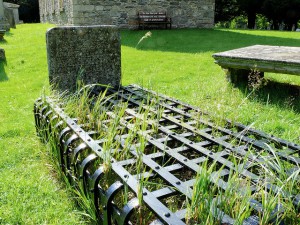 After the turn of the nineteenth century, the number of medical schools around the world increased significantly. While the increase in these institutions led to monumental developments in the medical field, it also had previously unforeseen consequences. One such consequence was a shortage of bodies for dissection and examination. Continue reading Unintended consequences
After the turn of the nineteenth century, the number of medical schools around the world increased significantly. While the increase in these institutions led to monumental developments in the medical field, it also had previously unforeseen consequences. One such consequence was a shortage of bodies for dissection and examination. Continue reading Unintended consequences
Update on the Early New England Families project
 Six new sketches have been posted in the Early New England Families Study Project database:[1]
Six new sketches have been posted in the Early New England Families Study Project database:[1]
John Dunham (c. 1615–1692), son of John Dunham (GM); married Mary ___; settled in Plymouth; farmer; 7 children.
Richard Newton (c. 1606–1701) married Ann/Hannah Loker alias Riddlesdale; settled in Sudbury and Marlborough; husbandman; 10 children. Continue reading Update on the Early New England Families project
Harry Potter? Harry Leech!
 To a genealogist who is also a huge Harry Potter fan, the recent news from J.K. Rowling has been very exciting. According to a short story posted to her website, the origin of the Potter surname has deep roots in twelfth-century England. According to Jo, Linfred of Stinchcombe was “a vague and absent-minded fellow whose Muggle neighbours often called upon his medicinal services. None of them realised that Linfred’s wonderful cures for pox and ague were magical; they all thought him a harmless and lovable old chap, pottering about in his garden with all his funny plants.”[1] As a result, his nickname “the Potterer” transformed into the surname Potter. Continue reading Harry Potter? Harry Leech!
To a genealogist who is also a huge Harry Potter fan, the recent news from J.K. Rowling has been very exciting. According to a short story posted to her website, the origin of the Potter surname has deep roots in twelfth-century England. According to Jo, Linfred of Stinchcombe was “a vague and absent-minded fellow whose Muggle neighbours often called upon his medicinal services. None of them realised that Linfred’s wonderful cures for pox and ague were magical; they all thought him a harmless and lovable old chap, pottering about in his garden with all his funny plants.”[1] As a result, his nickname “the Potterer” transformed into the surname Potter. Continue reading Harry Potter? Harry Leech!
Family history for sale
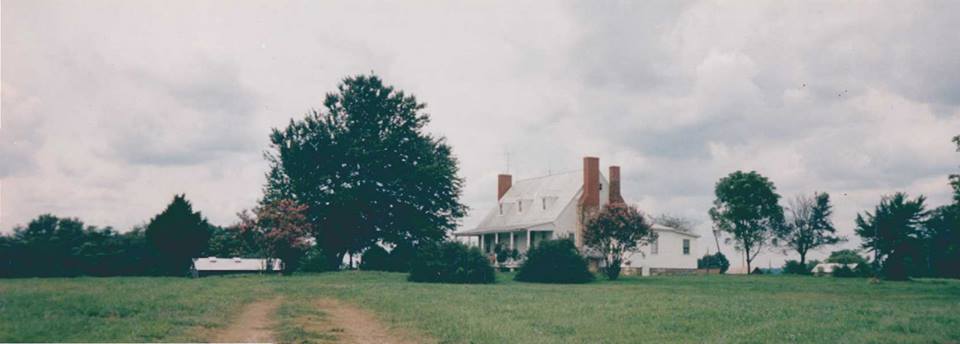
For the second time in my life, I have the nagging sensation of not being at all in the market for a home in the middle of Virginia – but wishing that I were. Bear Castle, dilapidated and sad-looking (“livable but needs work”), is for sale (“Sold AS IS”).[1] Its interior cluttered with the incongruous collections of more than two and a half centuries’ habitation, its kitchen startlingly reminiscent of a mid-twentieth-century diner, the thousand-acre estate it once governed has been reduced to just over three acres that realtors suggest might be subdivided further still. Continue reading Family history for sale
Vive la Reine!
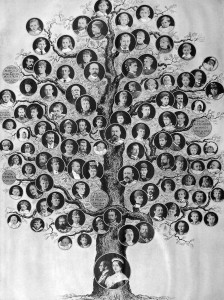
Later on today, Queen Elizabeth II’s reign will surpass the reign of her great-great-grandmother Queen Victoria in length. While the British throne has known many monarchs of short duration – the queen’s uncle, King Edward VIII (1936), comes readily to mind – it is interesting to note that the House of Hanover/Saxe-Coburg-Gotha/Windsor has produced a king and two queens who ruled for more than fifty years each: George III (1760–1820, 59 years and 96 days), Victoria (1837–1901, 63 years and 216 days), and Elizabeth II (1952–, 63 years and 215 days … and counting).[1] Continue reading Vive la Reine!
17th-century occupations in Massachusetts
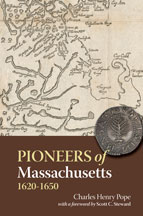 In his monumental work The Pioneers of Massachusetts, Charles Henry Pope summarized the occupations and trades of 1,725 of the 6,000 “pioneers” for whom the information was available. These 6,000 individuals were identified “in the journals and lists of the colonies, towns, churches and counties of the period 1620-1650, inclusive, as well as those perpetuated in the passenger-lists of that time which have survived to our day.” (Pope’s “day” was 1900, 115 years ago.) Continue reading 17th-century occupations in Massachusetts
In his monumental work The Pioneers of Massachusetts, Charles Henry Pope summarized the occupations and trades of 1,725 of the 6,000 “pioneers” for whom the information was available. These 6,000 individuals were identified “in the journals and lists of the colonies, towns, churches and counties of the period 1620-1650, inclusive, as well as those perpetuated in the passenger-lists of that time which have survived to our day.” (Pope’s “day” was 1900, 115 years ago.) Continue reading 17th-century occupations in Massachusetts
The Harding DNA Study
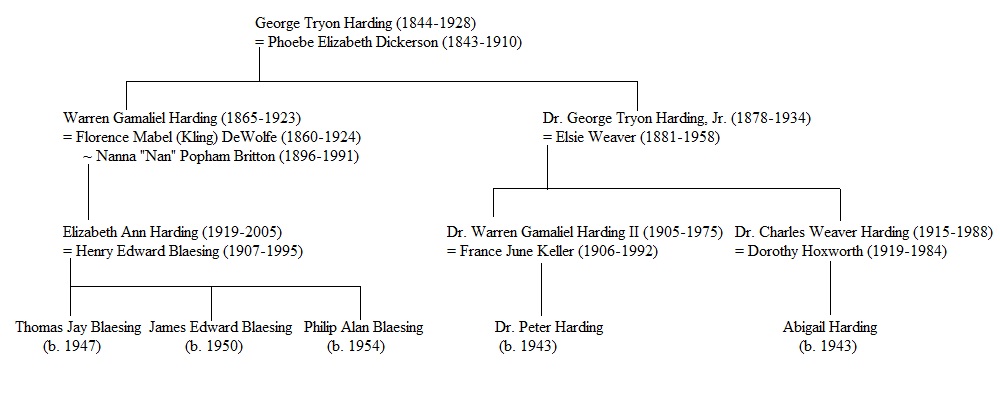
I was fascinated by the story released in The New York Times last Wednesday regarding the DNA research to help establish that Warren G. Harding had had a child with his mistress Nan Britton. Continue reading The Harding DNA Study
The Jamestowne Chancel Burials

The announcement Tuesday of the (probable) identification of the remains of four men buried under the chancel of the first parish church at Jamestowne, Virginia – first discovered in 2010 and unearthed in 2013 – has now made the front page of The Wall Street Journal and appeared in other leading news outlets. While not the first Englishmen to die in the nascent American colony, they were nearly so, probably interred in Virginia soil in 1608 and 1610, more than a decade before the Mayflower arrived on American shores; these men were certainly among the colony’s founders. Continue reading The Jamestowne Chancel Burials
400 posts at Vita Brevis
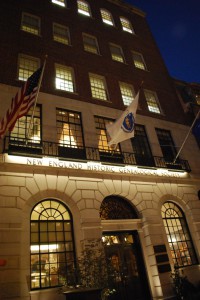
Friday’s post, by Steven Solomon of the Society’s Development team, marked the four hundredth blog post at Vita Brevis. Since its launch in January 2014, the blog has featured posts by 64 bloggers, almost all of them NEHGS staff members, with a few outside contributors or transcribed interviews making up the remainder. What does the genealogical mosaic about which I wrote in the first post at Vita Brevis look like after eighteen months in the blog’s life? Continue reading 400 posts at Vita Brevis